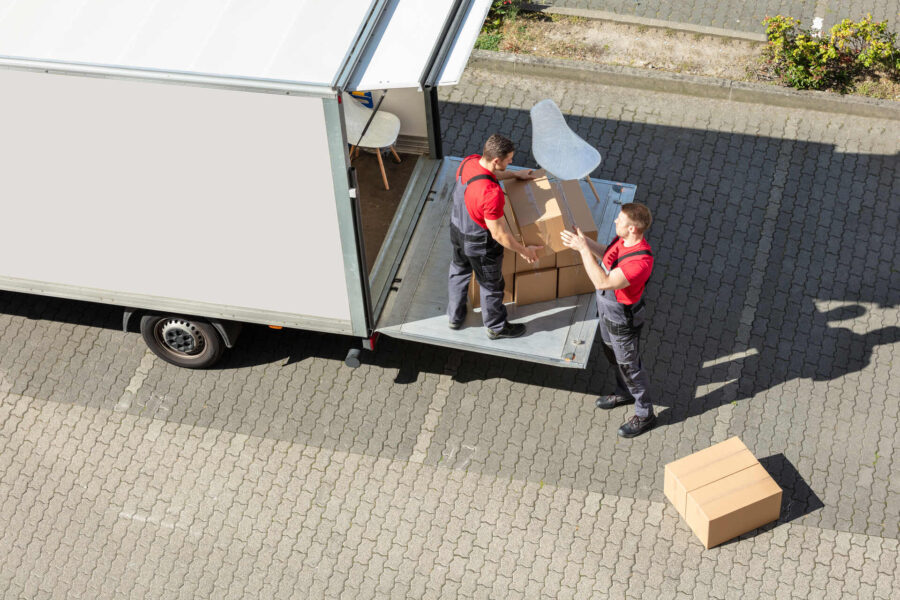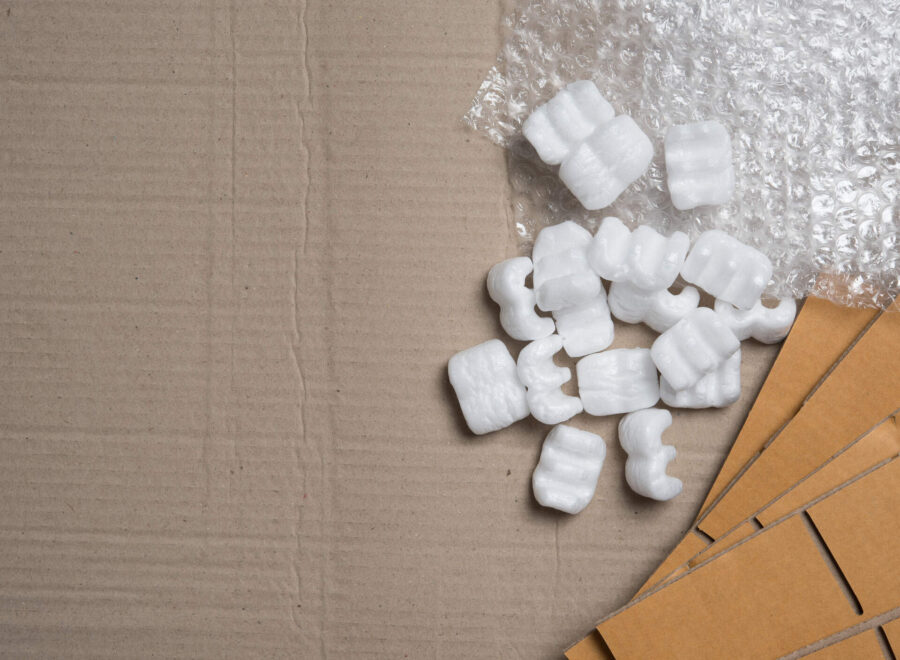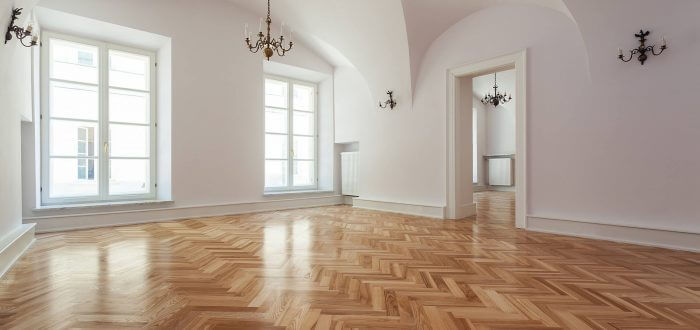

Moving a Pool Table: A Guide to Relocating Your Game Room’s Centerpiece
Posted in How-to,Moving Tips & Tricks on September 8, 2023
The prospect of moving a pool table can be a difficult task, involving intricate details and careful planning to ensure its safe transport. Whether you’re relocating to a new home, rearranging your game room, or simply looking to revamp a living space, this comprehensive guide is here to provide you with step-by-step instructions and valuable insights on how to successfully move a pool table.
Moving a pool table yourself involves disassembly, careful packing, and precise reassembly for a successful relocation. Specialized tools, like dollies and lifting equipment, ensure safe transportation. Reusing felt is discouraged, and leveling the table is crucial post-reassembly. Professionals offer expertise, while DIY movers need attention to detail. Protecting floors and walls, documenting damages, and avoiding common mistakes are essential for a smooth relocation.
Moving a Pool Table: Understand the Task Ahead
The prospect of moving a slate pool table can be both exciting and overwhelming. Before embarking on this endeavor, it’s essential to understand the complexity of the task. Billiard tables are not only heavy but also intricately designed pieces of furniture with multiple components that must be carefully disassembled and reassembled.
Proper planning and organization are crucial to ensure the safety of both the belongings and those involved in the relocation process. This section of the guide will provide you with a comprehensive overview of the steps and considerations involved in relocating billiard tables, setting the foundation for a successful and safe relocation.
Assessing the Size and Type of the Pool Table
Billiard tables come in various sizes and styles, each requiring specific handling and transportation methods. Before you begin the long-distance moving process, it’s vital to accurately measure your table to determine its size and dimensions. Additionally, understanding the type you have – whether it’s a slate, a non-slate (or “MDF”), or a coin-operated table will influence the approach you take for disassembly and reassembly.
Identifying Potential Obstacles and Challenges
Relocating a pool table involves more than just lifting and transporting it. The layout of your home, doorways, staircases, and potential obstacles can pose significant challenges during the relocation process. It’s crucial to identify and address these obstacles in advance to avoid potential damage to your property.
Deciding Between DIY and Hiring Professionals
One of the most crucial decisions you’ll need to make is whether to tackle the task yourself or hire professional movers. While a DIY approach might save you money, it comes with inherent risks and challenges, especially if you lack experience in relocating heavy and fragile items. On the other hand, hiring professionals who specialize in relocating billiard tables can provide peace of mind and ensure a smoother process and more efficient relocation.

Necessary Tools and Equipment for Moving a Pool Table
Relocating billiard tables requires a specific set of essential tools and equipment to ensure the safety of the table itself, as well as the individuals involved in the process. Having the right tools on hand can make the difference between a smooth relocation and a challenging ordeal.
Specialized Lifting Tools and Dollies
Given the weight and bulkiness of billiard tables, using the appropriate lifting tools and dollies is paramount to prevent injuries, damages, and other relocation mistakes. Specialized lifting tools, such as dollies and hydraulic jacks, are designed to evenly distribute the weight of the table and allow for controlled lifting. These tools not only make the lifting process safer but also facilitate smooth movement through doorways and tight spaces.
Packing Materials for Cushioning and Protection
To safeguard pool table’s delicate components during transportation, it’s crucial to have an array of packing materials that provide cushioning and protection. Blankets, packing paper, relocation pads, bubble wrap, and shrink wrap are just a few examples of materials that can shield the table’s surface, rails, and pockets from scratches and impacts. Additionally, relocation supplies prevent the table’s individual parts from shifting and colliding during transit.
Vehicle Requirements for Safe Transportation
Transporting a billiard table safely requires careful consideration of the vehicle’s size and features. While smaller tables might fit in a standard relocation truck, larger tables – especially those with slate playing surfaces, may necessitate specialized vehicles equipped with ramps and tie-downs. Ensuring that the vehicle is adequately padded and secured is essential to prevent any movement that could cause damage during transit.

Step-By-Step Guide to Disassembling a Pool Table
Disassembling a pool table is a critical process that requires meticulous attention to detail and careful execution. By following a step-by-step guide, you can ensure that each component is properly disassembled, packed, and labeled for seamless reassembly.
Removing Pockets, Rails, and Felt
The first phase of disassembly involves removing the pockets, rails, and felt from the table. Begin by carefully detaching the pockets and labeling them for easy reattachment. Next, gently remove the rails, taking care not to damage the surface. The felt should be removed by carefully peeling it off, revealing the slate underneath. Properly folding and storing the felt to prevent wrinkles and creases is essential for preserving its appearance.
Detaching the Legs and Frame
With the pockets, rails, and felt removed, it’s time to focus on the legs and frame of the pool table. Depending on the table’s design, the legs may be secured with bolts or screws. Carefully unscrew or unbolt each leg, making sure to support the weight to prevent any sudden shifts. Once the legs are detached, disassemble the frame, taking note of the arrangement and organization of its components. Clear labeling and documentation are crucial at this stage to facilitate reassembly.
Careful Handling of Slate and Heavy Components
The slate is one of the heaviest and most delicate components of a pool table. It’s crucial to handle the slate pieces with extreme care to prevent cracks or damage. Depending on the table’s size, the slate may be in multiple sections. Use appropriate lifting tools to carefully lift and remove each slate section from the table’s frame. Once removed, wrap the slate sections in blankets or relocation pads to protect them during transit.
Packing and Transporting the Pool Table
Once your pool table is disassembled and its components are carefully labeled and organized, the next crucial steps involve packing and transporting these components safely to their new home. Proper and efficient packing strategies and secure transportation are essential to prevent any damage to the table during transit. In this section, you’ll learn how to effectively wrap and secure all parts of the pool table for a smooth journey.
Wrapping and Securing All Parts
Each disassembled component, including the rails, pockets, legs, frame, and slate, should be individually wrapped and padded for protection. Use relocation blankets, bubble wrap, and shrink wrap to shield these parts from scratches, impacts, and vibrations. Secure the packing materials with tape to ensure they stay in place during transportation. Properly labeling each wrapped component will make reassembly and the unpacking process much easier.
Loading and Arranging in the Vehicle
When loading the packed components into the transportation vehicle, careful arrangement is essential to prevent shifting and potential damage. Place heavier components, such as the slate sections and frame, at the bottom of the vehicle to provide a stable foundation. Lighter parts, like the pockets and rails, can be placed on top. Utilize tie-downs and straps to secure the components and prevent any movement during transit. If you’re moving other items alongside the pool table, ensure they are properly separated and secured to avoid collisions.
Safeguarding During Transit
While in transit, it’s crucial to take precautions to safeguard the packed components from sudden stops, accelerations, and vibrations. Drive cautiously and avoid sharp turns or bumpy roads whenever possible. If the vehicle has suspension adjustments, consider using a softer setting to minimize jolts. Padding and securing the packed components within the vehicle will help mitigate the impact of any unexpected movements. Regularly check on the load during breaks to ensure everything remains secure.

Reassembling and Leveling the Pool Table at the New Location
Reassembling a pool table after it has been safely transported to its new location requires precision and attention to detail to ensure the table plays just as well as it did before the move. This section will guide you through the crucial steps of unloading, reassembling, and leveling the pool table to perfection.
Careful Unloading and Staging
When you arrive at the new location, carefully unload the packed components, taking care not to damage them in the process. As you unpack each component, place them in a designated staging area where you can easily access and assemble them. Avoid rushing this step to prevent any potential mishandling or confusion during the reassembly process.
Following Reassembly Instructions
Referring to the labels, documentation, and photographs you took during the disassembly process will prove invaluable during reassembly. Follow the reverse order of disassembly instructions to assemble the pool table components. This includes attaching the frame and legs, positioning the slate sections, reattaching the rails, and placing the pockets. Patience and meticulous attention to detail are essential to ensure that each component is properly aligned and securely attached.
Proper Leveling and Alignment
Achieving a perfectly level playing surface is vital for the optimal gameplay experience. Once the pool table is reassembled, carefully level it using a spirit level and shims as needed. Leveling involves adjusting the legs and slate sections to eliminate any unevenness. Precise leveling ensures that balls roll true and consistently across the table. Additionally, aligning the rails and pockets correctly is crucial for the overall aesthetic and functionality of the table.

Hire Cross Country Movers and Make the Move Easy and Stress-Free
When faced with the prospect of relocating your pool table when moving cross country, enlisting cross-country moving services of professional movers can be a game-changer in ensuring a seamless and stress-free transition. Relocating billiard tables is a complex task, requiring meticulous disassembly, secure packing, safe transport, and precise reassembly, so discuss with your movers how much will moving a pool table cost.
Long-distance movers specializing in pool table relocations possess the expertise to navigate each stage of the process with finesse, guaranteeing the protection of your cherished table and peace of mind throughout the journey. By choosing to hire cross-country movers and their packing services, you tap into their wealth of experience in handling intricate moves, ensuring that your belongings arrive at their new destination in pristine condition.
They are well-versed in maneuvering through tight spaces, staircases, and other potential challenges that might arise during loading and unloading. With access to specialized equipment, such as dollies and custom packing materials, these professionals have the tools necessary to ensure the safe transportation of each component. If you’re wondering how much does it cost to move a pool table, you should know that pool table mover cost is worth every cent.
Moreover, opting for cross-country movers grants you the luxury of focusing on other aspects of the move, knowing that the pool table is in capable hands. Their attention to detail and systematic approach to disassembling, packing, and reassembling ensure that your pool table’s playing surface remains level and the components are meticulously aligned.
This meticulous care guarantees that your pool table not only survives the journey but continues to provide the same quality playing experience in a new home. If you think that the overall cost of moving a pool table is too much, just know that it won’t leave you wanting.
Successfully Transitioning Your Game Room Showpiece
When it comes to pool table relocation, meticulous planning and execution are paramount. Whether you opt for DIY or professional cross-country movers, the intricacies involved demand a careful touch. Relocating heavy and large items can be a very difficult task, so contact us and allow Cross Country Movers to take care of all the heavy lifting and provide you with a seamless and efficient relocation experience.
FAQS:
Can I Move a Pool Table Without Disassembling It?
It is not recommended due to its weight and its intricate construction. Disassembling the table ensures safer transportation and reduces the risk of damage to both the table itself and the surrounding environment. Attempting to move a fully assembled pool table can lead to difficulties in maneuvering through doorways, tight spaces, and corners, which can result in costly damages.
How Long Does It Take To Disassemble and Reassemble a Pool Table?
The time required to disassemble and reassemble a pool table can vary depending on factors such as its size, complexity, and the experience of the individuals involved. On average, disassembling can take around 2 to 4 hours, while reassembling it might take approximately 4 to 6 hours. Larger and more intricately designed tables may take longer to complete the process.
What Special Equipment Is Needed for Moving a Pool Table?
Some essential tools include dollies designed for billiard tables, hydraulic jacks, straps, relocation blankets, bubble wrap, and shims. These tools are crucial for lifting, securing, and protecting the various components of the pool table during the move.
Can I Reuse the Felt When Reassembling the Pool Table?
Reusing the felt during reassembly is generally not recommended. The felt can become stretched, wrinkled, or damaged during the disassembly process. To maintain the optimal playing surface and appearance, it’s advisable to replace the felt when reassembling. Fresh felt provides a smooth and even surface for gameplay, enhancing the overall experience.
How Do I Ensure That the Pool Table Is Level After Reassembly?
Achieving a level playing surface is essential for accurate and enjoyable gameplay. After reassembling, use a spirit level to check its levelness. Adjust the legs using shims to eliminate any unevenness. Proper leveling ensures that balls roll uniformly across the table and maintains the integrity of the game.
What Should I Do if I Notice Damage to the Pool Table During the Move?
If you notice any damage during the move, it’s important to document the damage with clear photographs. If you’re using professional movers, contact their claims department to report the damage. If you’re relocating by yourself, assess the extent of the damage and determine whether repairs are necessary before reassembly.
Should I Hire Professionals for Moving a Pool Table, or Can I Do It Myself?
Hiring professionals is advisable, especially for long distances or complex moves. Professionals have the expertise, tools, and experience to ensure a smooth and safe relocation. However, if you’re knowledgeable about the process and have access to the required equipment, you may consider relocating it yourself. DIY moves require careful planning and attention to detail to avoid potential damages.
How Can I Protect My Floors and Walls While Moving the Pool Table?
To protect floors and walls during the move, use furniture sliders under the table’s legs to prevent scratching or gouging. Place padding or blankets around corners and surfaces that the table might come into contact with. Ensure that the table is lifted and maneuvered carefully to avoid causing any damage.
Can a Pool Table Be Stored Temporarily During a Move?
Yes, it can be disassembled, packed, and stored temporarily during a relocation. Proper disassembly, careful packing, and appropriate storage ensure that the table components remain safe and intact until the move is complete. Follow proper storage guidelines to prevent any damage during the storage period.
What Are the Common Mistakes to Avoid When Moving a Pool Table?
Common mistakes include inadequate disassembly, improper packing, failing to secure components during transit, not maintaining levelness during reassembly, and neglecting to document or address any damages. Attention to detail, proper equipment use, and careful planning are essential to avoid these pitfalls and ensure a successful relocation.






